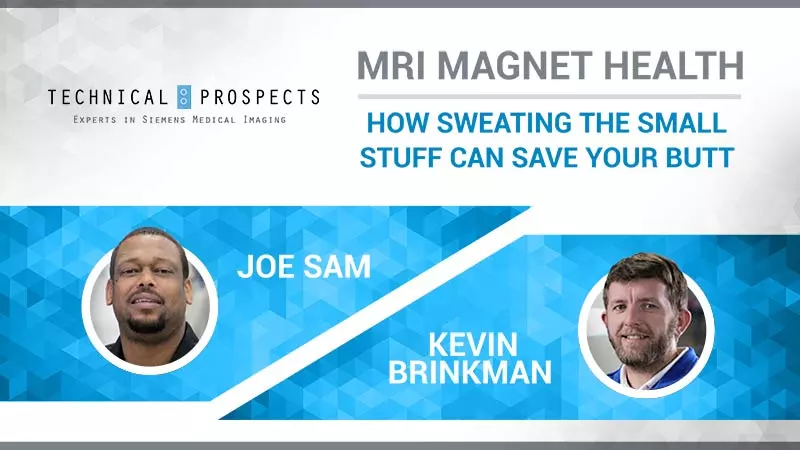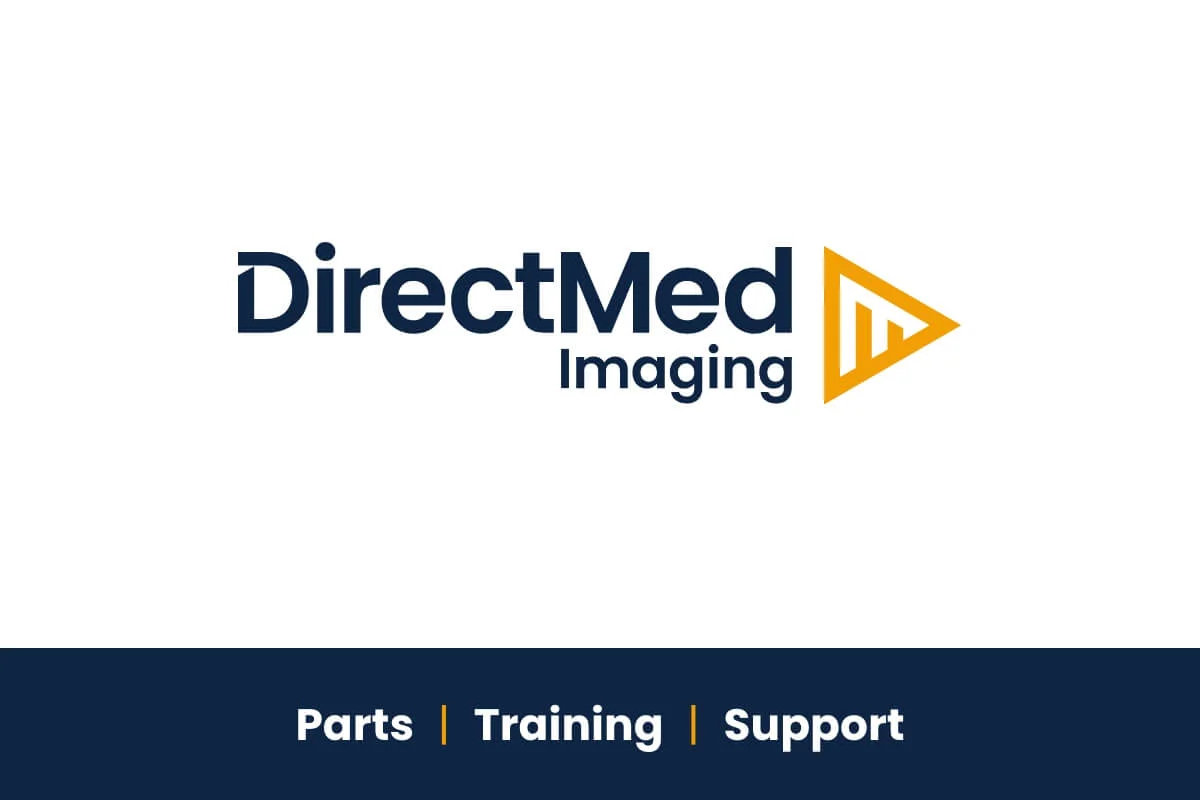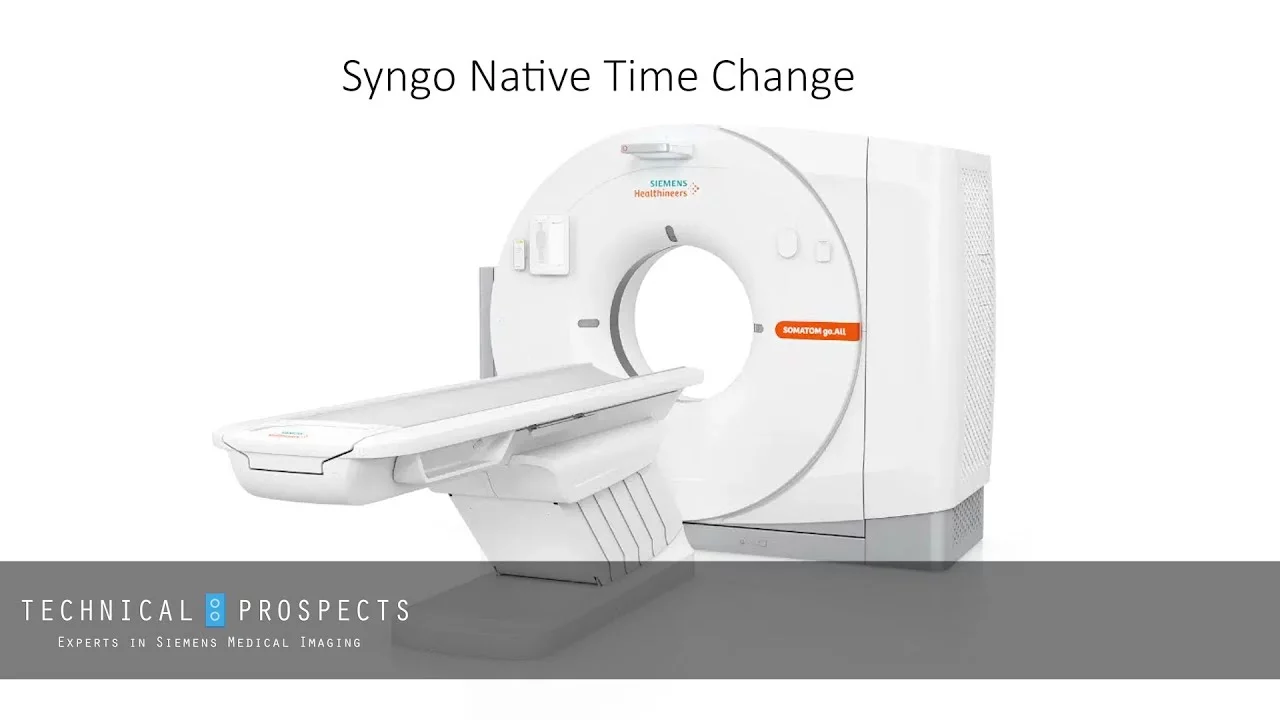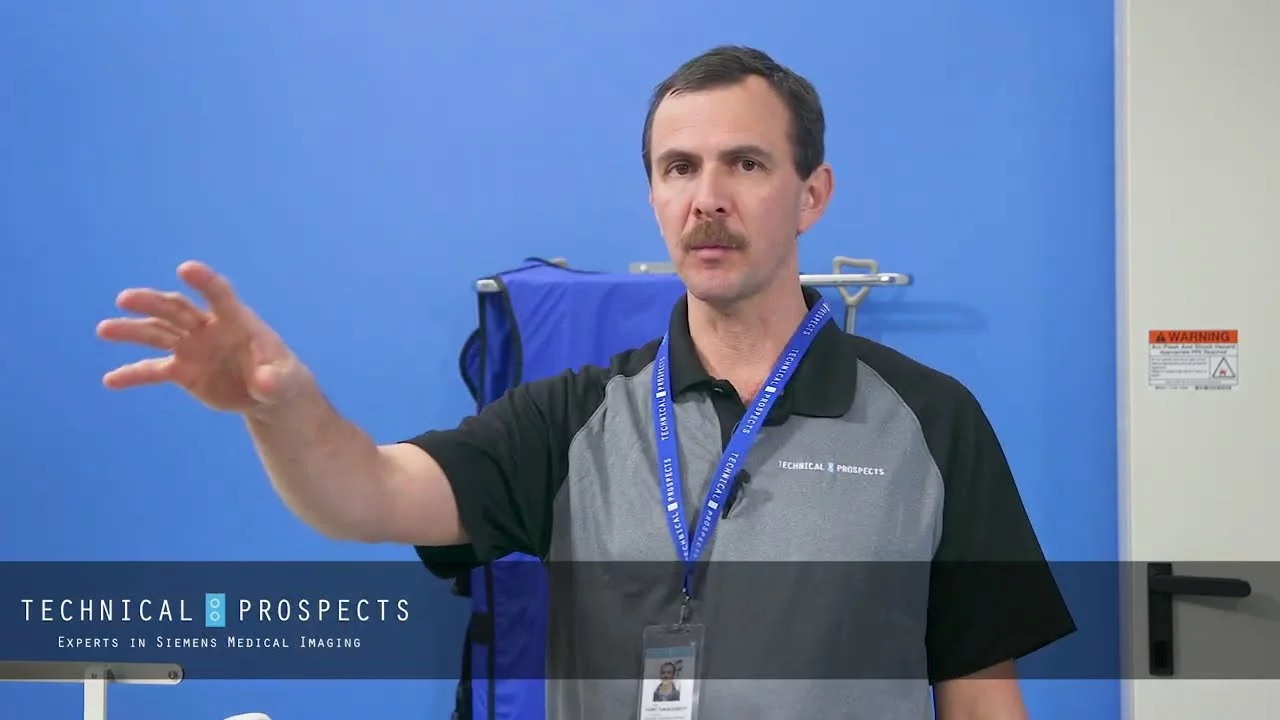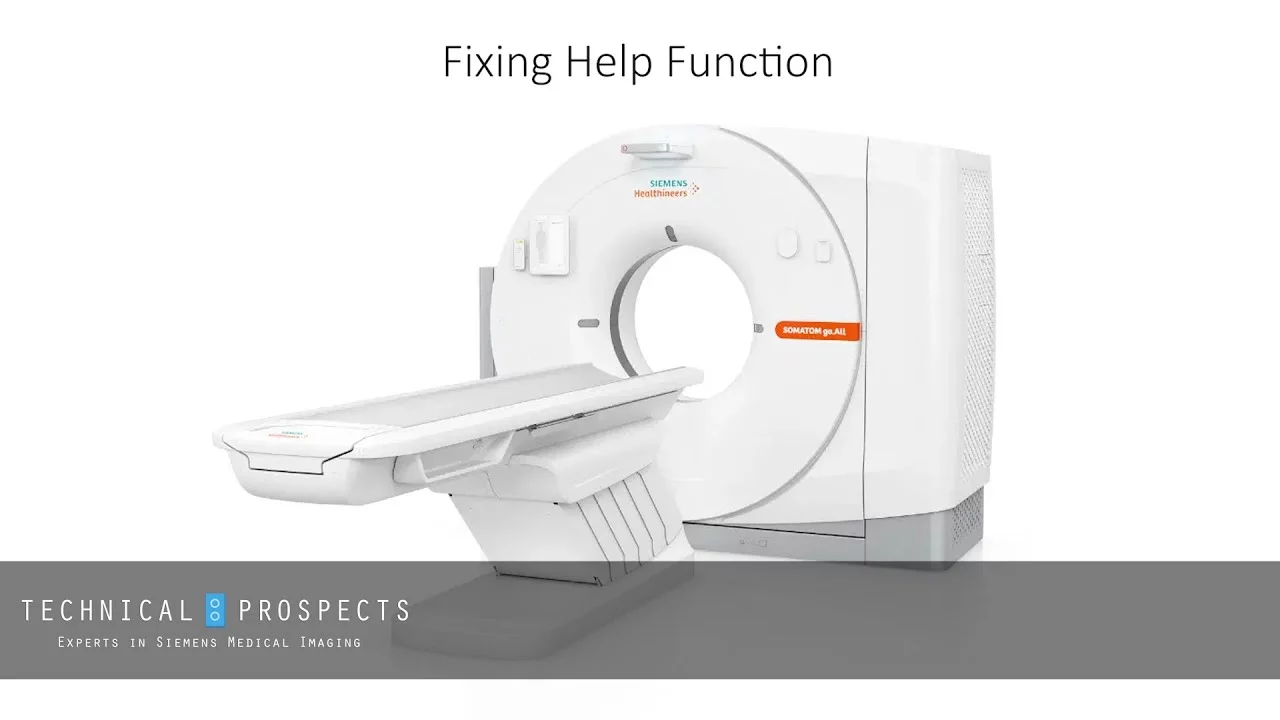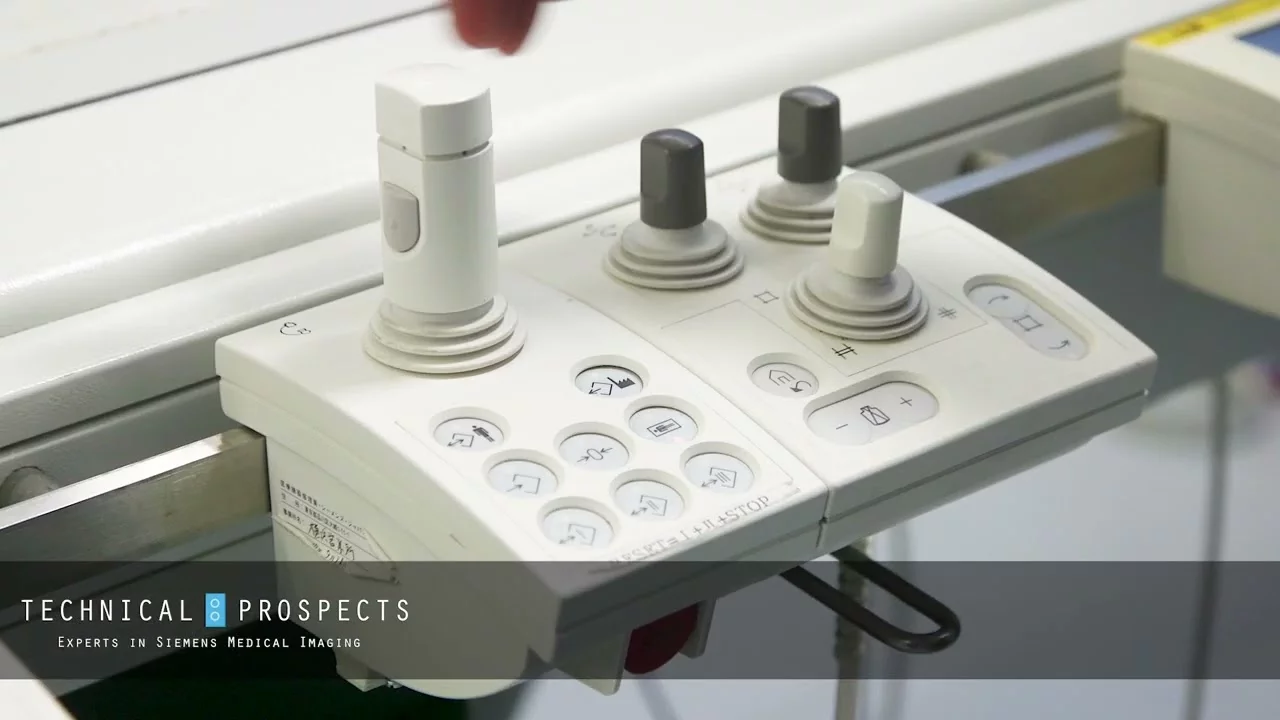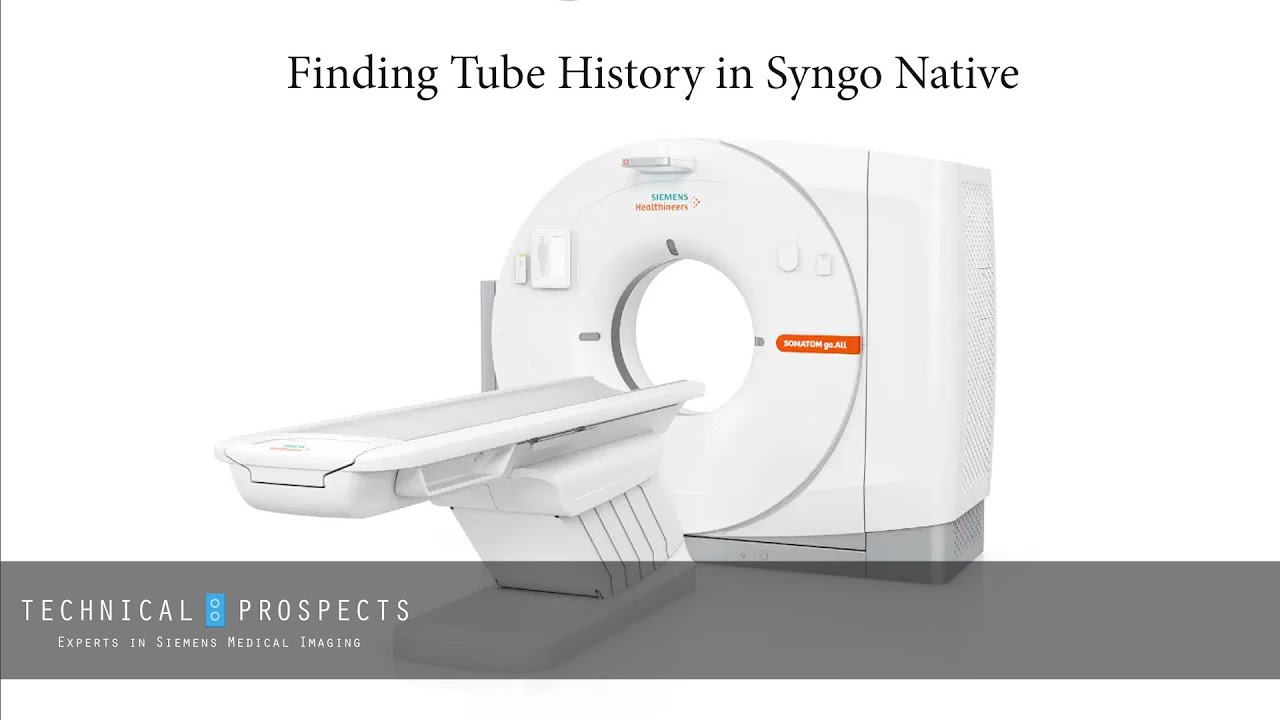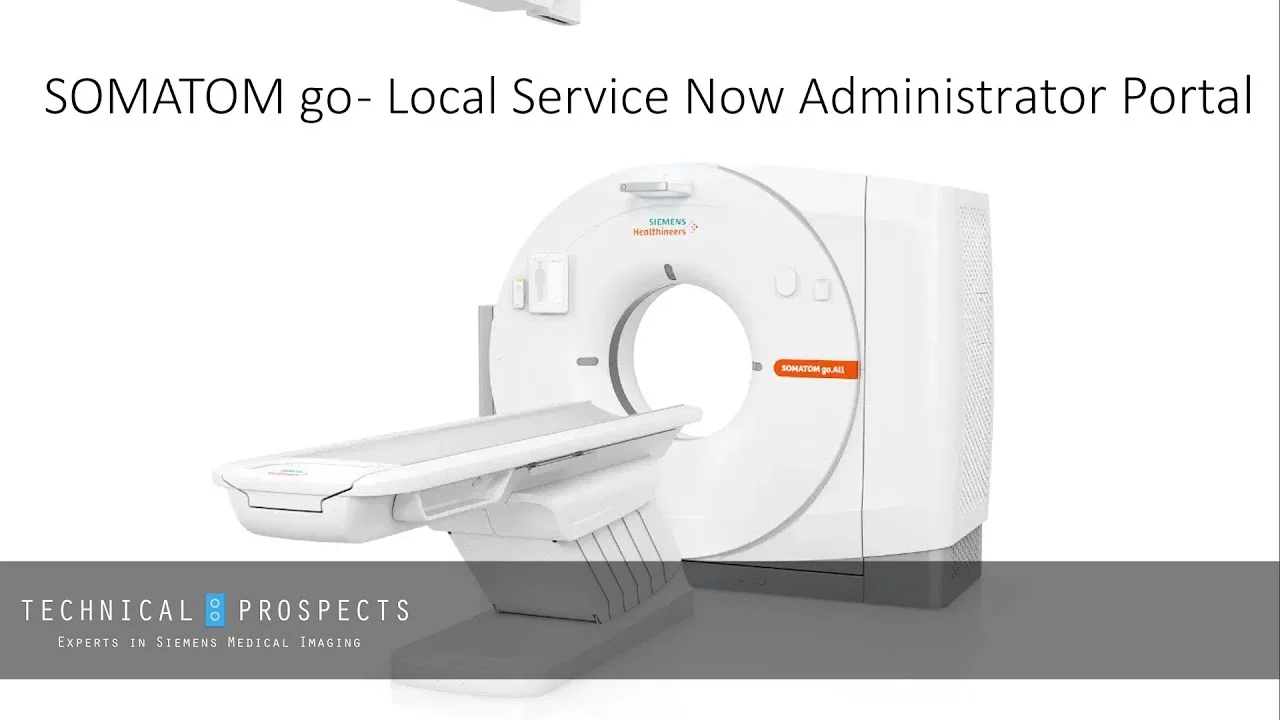Medical imaging engineers and field service technicians who maintain and repair medical imaging devices are the unsung heroes who keep things running so healthcare facilities can provide the valuable diagnostic services that meet patient needs. They work behind the scenes and develop in-depth knowledge of the inner-workings of complex technology, allowing medical professionals to do their jobs.
But, as the saying goes, “Good help is hard to find.”
Whether you employ an in-house team of engineers, or you send field service technicians to customers, there’s a growing talent gap in healthcare technology management (HTM).
Industries across the board are struggling with the tight labor market. What’s compounding the situation in HTM, however, is a perfect storm of supply and demand issues. As stated in an article from 24X7 Magazine titled “Targeting Top HTM Talent: How to navigate staffing challenges in the biomed sector:”
“… there is a critical shortage of qualified and experienced biomedical equipment technicians (BMETs) and imaging service technicians available to fill the many vacant healthcare technology management positions throughout the United States.
In fact, healthcare employers are struggling to keep up with the surging demand for these individuals, with the use of increasingly complex medical devices driving the need for professionally trained and experienced service professionals.”
Here’s a closer look at three of the biggest challenges contributing to the talent shortage …
1. Lack of Educational Opportunities
Demand for these skilled professionals is growing faster than the educational system can produce them. Fewer students are enrolling in courses of study related to biomedical engineering, and a declining number of schools offer the opportunity.
The Association of the Advancement of Medical Instrumentation (AAMI) addressed the lack of qualified applicants during a meeting this spring and noted that an estimated 5,000 BMETs are needed to fill jobs in the next few years, yet there are only 22 accredited colleges, from which only 400 students graduate each year.
Challenging things further, traditional education can only take things so far. This is a continually evolving field in which medical imaging engineers must always be learning.
2. Disruptive Technological Change
Technology advances quickly, and that’s putting pressure on the healthcare industry. From automation and artificial intelligence to advanced microchips and the expanding parameters of medical imaging into fields such as hyperspectral imaging – change is constant.
An industry expert from Deloitte Consulting wrote about the issue in Modern Healthcare saying:
“With so much change in the air, many healthcare systems are understandably apprehensive about how to define, pursue, and leverage the future of work.
Many leaders of healthcare provider organizations anticipate that the scale and pace of change will overwhelm their workforce and compound current talent issues …”
Medical imaging equipment is not only technologically complex, it is a major investment for healthcare organizations – an investment you’ll want to protect by having the right people servicing and maintaining it.
3. The Generational Shift
The age and experience levels of imaging engineers and BMETs is another factor impacting the number of skilled experts available for hire. Baby boomers are retiring, and that means two things for medical imaging:
- Veterans in the field are leaving the workforce faster than new recruits are entering.
- Aging baby boomers (older than 65) use medical imaging services as patients twice as often as those aged 45 to 64 and three times as often as those 20 to 44 years old.
So once again, there is an obvious supply and demand problem.
An article from Imaging Community Exchange (ICE Magazine) titled, “After the Boom: Handling Generational Transition in the Workforce,” cites Carole South-Winter of the Association for Medical Imaging Management (AHRA) as saying “vacancies in the workforce will be vast” as baby boomers leave.
According to 24X7 Magazine, some organizations are hiring basic electronic technicians and providing training to help them learn how to service and repair medical imaging equipment. ICE Magazine spoke with the managing director of consulting firm Leonard-Barton Group, which analyzes labor trends in technical fields. Gavin Barton explains why hands-on experience is a key part of addressing the talent gap in the imaging workforce:
“The way the pieces fit together, how certain materials work with other materials; that kind of stuff you don’t get together until you get your hands on it. That kind of tacit field knowledge isn’t as prevalent when people come into a field industry. These aren’t always the sexiest jobs, but people have such extreme knowledge of how these systems work over time.”
Barton says baby boomer retirement leads to what he describes as the loss of “deep smarts” as those who’ve acquired knowledge and experience over the course of their careers leave less experienced people to take their place.
Conversely, the pace of change can be difficult for older imaging engineers who became accustomed to working with certain technology and doing things a certain way. In order to remain relevant, they too may need additional training and education.
How the Right Partner Helps Fill the Talent Gap
While industry groups can address troubling trends related to the talent gap, those solutions will take time to implement and show results. Your organization needs something to address the lack of qualified people now.
The good news is, when you work with the right partners, it is possible to take lemons and make some lemonade.
For healthcare facilities utilizing Siemens medical imaging devices, DirectMed Imaging helps ease the pain of talent gaps through training, free support, and replacement parts.
Training
It may not always be necessary to find new talent to fill the gap. Instead, consider investing in the people you already employ and provide them with ongoing education. DirectMed Imaging helps take your team to the next level with both online and in-person training opportunities for Siemens medical imaging equipment.
Students could begin by learning the basics through online courses such as our Intro to X-Ray classes. This is an excellent starting point for an electrical technician who needs to learn about medical imaging. But, you’ll also find more advanced in-person training from the Siemens experts at DirectMed Imaging.
Throughout the year, we offer various training sessions at our headquarters in Appleton, Wisconsin. These courses include hands-on experience inside our state-of-the-art facility, which has 32 fully operational Siemens systems.
Trainees can take computed tomography courses using equipment such as Siemens Emotion, Sensation and Definition systems. There are fluoroscopy courses including Siemens Luminos Agile and Luminos Agile Max. Angio/Cath courses include Siemens Artis and Artis Zee systems and there are multiple radiography courses including YSIO as well as portable/mobile courses including systems in the Siemens Arcadis family.
We are adding to our lab-based and online courses regularly. Check the Training page to see what’s coming up and get a schedule. You can also watch our training videos for course previews.
Free Technical Support
Our training courses are led by experienced engineers who also help troubleshoot issues and provide support when they aren’t working with trainees.
This is an extremely valuable free service, which we provide whether you’ve ordered Siemens medical imaging replacement parts from DirectMed Imaging or not. Our support team doesn’t try to sell you anything. We are committed to helping you identify the problem and solve it.
So, if you do have less experienced technicians working on Siemens medical imaging systems, and they happen to get stumped, they can get expert advice at no cost to your organization. This means shorter system downtime, which minimizes disruptions at your facility.
Read more about the value of our free support on the DirectMed Imaging blog. Support and customer service is available 24/7/365. Call us any time.
Siemens Medical Imaging Replacement Parts
Because we’re focused on Siemens systems, we can provide unmatched expertise and quality. When you order Siemens medical imaging replacement parts from DirectMed Imaging, you could save as much as 90% compared to the OEM’s cost for the same part.
We’re extremely proud of having a 1.043% DOA rate, which is even lower than the OEM. This is accomplished through stringent quality assurance. Siemens replacement parts are installed and tested in our QA Bays before being shipped to your facility.
When your in-house team spends less time waiting for parts to arrive and can avoid sending back DOA replacement parts, it saves time and improves efficiency, which helps you get the most out of the talent you already have.
Watch the video below to learn more about ordering replacement parts from us:
You choose where to start:
- Order Siemens medical imaging replacement parts and start saving.
- Enroll staff in our extensive Siemens imaging training to enhance their expertise.
- Call us for free technical support and experience our expertise for yourself.
Let us help your organization find ways to ease the pain of the HTM talent gap by building better teams through training and creating cost-saving, operational efficiencies with parts and support.
Watch a Free Webinar from DirectMed Imaging




